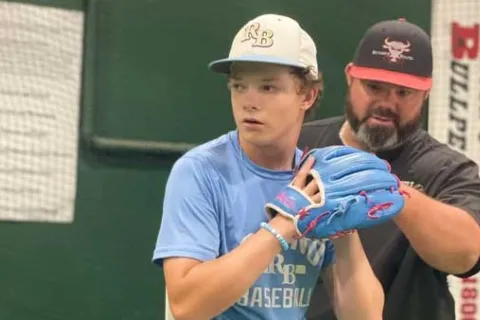Things my students on the autism spectrum have taught me
By Jana RooheartThis blog post is by Jana Rooheart. Jana is an online safety specialist and a former educator from Kansas City, where she lives with her husband and daughter. In the course of her teaching career, she worked with many ASD and other special needs children.
Insights I got from my wonderful students with ASD
Each teacher is a life-long learner. We learn from new challenges and from our students. Sometimes, these lessons are bigger than simple classroom solutions and they can change our life.
Say what you mean
We play games, we hide behind the words. We are so used to it, we hardly ever see it. However, sometimes less is more, so try to keep it simple. My students often took everything literally. They had a hard time reducing metaphors to their core meaning. Some of them would actually start looking for the “many hats” I said I was wearing. Even if I’d say “open your ears” they would be puzzled. Be straight and eloquent.
Avoid sarcasm altogether. Again, they will take it literally and you end up feeling evil. Moreover, sarcasm is hostile, and cutting sarcastic remarks down to the minimum will improve your daily interactions with everyone (worked for me).
Make your expectations clear
Sometimes we understand things differently. What is a complete mess for you might be tidy enough for others. Make yourself clear. Break the task down into a set of simple requirements. Make a comprehensible visual reference of what you want them to achieve. Model it yourself or take a picture of the result you expect. Instead of saying “Get packed” say “Put your books into your bag” and show how it’s done. This also will serve you well with your own children. Sometimes, you can avoid many misunderstandings even with your partner, if you make yourself clear instead of assuming you already are.
Warn before the change has happened
ASD kids often experience difficulties with a transition. Warning them before one activity is finished and the other one begins will save them a lot of distress. It is a question of respect. No one likes abrupt changes. Spectrum kids are just more sensitive to that than neurotypical folks are in average. This habit of informing others about the upcoming changes beforehand has worked wonders for me. It prevented many tantrums in preschoolers, as well as outbursts of gaming teens and misunderstandings with people in general.
Protect them
Again, they take everything literally. Not only can an occasional remark injure them. They will BELIEVE it. Unfortunately, today playground taunting does not stop at school, so you may want to encourage parents to use additional tools at home. Inform children in your class in a positive way about the particular needs of other students. Make sure this attitude expands beyond your classroom.
Be attentive and thoughtful
With ASD students, there is no one-size-fits-all solution (as with every child, for that matter). Try to see what bothers each of them. Someone finds it difficult to concentrate because of the noisy environment. Another one gets distracted by the colorful chaos of pictures on the wall. Someone might find too many choices overwhelming. Having a spectrum child in your class reminds you how unique all students are, thus encouraging you to be inventive and to find an individual approach to each of them.
Do not take their anger personally
Many things may be frustrating for your students. They express their frustration as they can – sometimes they aim it at you. They might be rude to you, but you should not think that you are the source of the problem. Do not be discouraged. Actually, when you make a habit of looking for the source of other’s frustration elsewhere instead of taking things personally, it can improve your relationships with people. This habit has saved my marriage, but it was my students, who taught me that in the first place.









